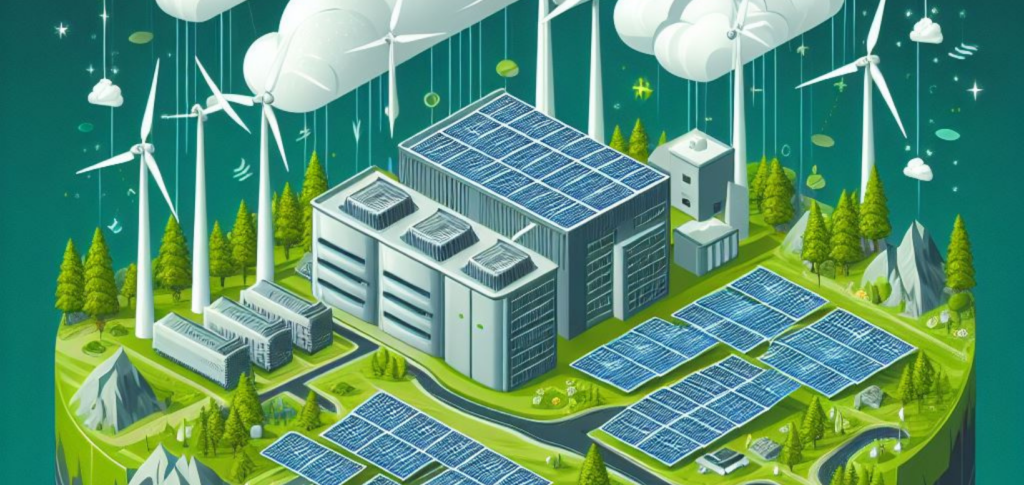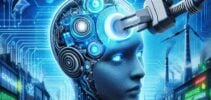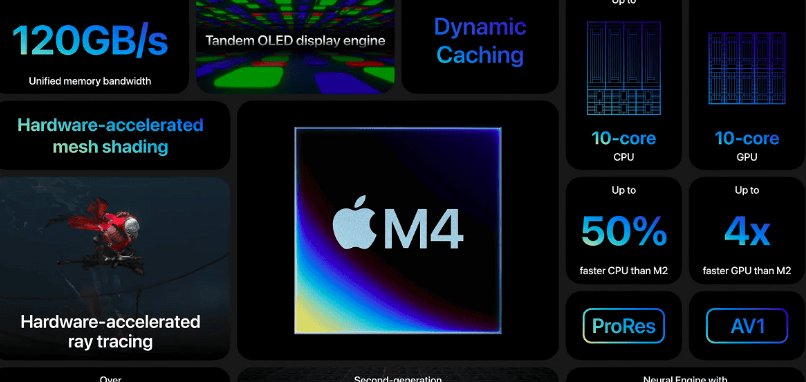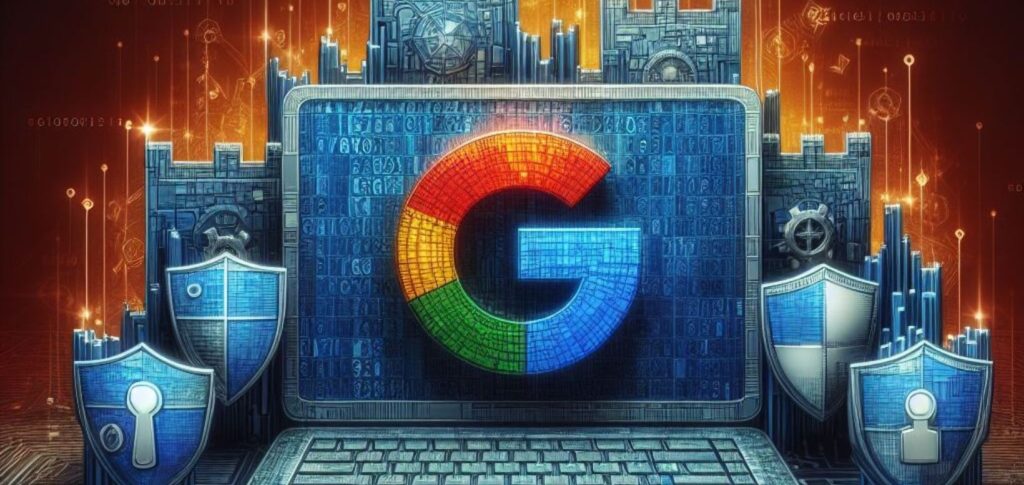A test of the backup system is underway at a Honda located a half-hour drive southeast of Los Angeles International Airport, where a unit can be seen releasing steam as it powers a small data center.
ADVERTISING
Fuel cells combine hydrogen with oxygen from the atmosphere to generate electricity, emitting only water as a byproduct. Development of this technology has increased amid the global push to reduce carbon emissions. greenhouse gases.
“We are targeting demand for alternatives to fossil fuel-powered generators,” said Takashi Ogi, head of Honda’s energy business in North America, adding that “we can contribute to carbon neutrality.”
Honda connected eight of its automotive fuel cell systems to the backup generator, with a total output of 500 kilowatts. Tests are being carried out covering dozens of points, including ensuring it can start working immediately and maintain normal output if the data center loses its regular power supply.
ADVERTISING
Honda is testing the technology in the US because it is home to large technology companies that operate numerous data centers. A Amazon.com – the world’s largest cloud services provider – aims to become carbon neutral by 2040, and the Microsoft 2030 up.
Demand for data centers is skyrocketing, driven in part by increased artificial intelligence (AI) generative. The International Energy Agency estimates that global energy consumption by data centers could reach 1.050 terawatt-hours in 2026, more than double the 2022 figure.
Data centers are crucial in a world that depends on digital services. “If they stop working, it means a shutdown of social infrastructure,” said a Honda representative.
ADVERTISING
These facilities are equipped with backup generators in case of interruptions due to accidents or natural disasters, allowing them to continue operating for two or three days until utility power is restored. Typically, these generators are diesel-powered, with an output in the thousands of kilowatts and prices in the hundreds of thousands of dollars. They are easy to use and economical, but they emit greenhouse gases.
The Energy Futures Initiative, a US non-profit organization, said fuel cells can provide “fast, reliable backup power on demand that is much cleaner than diesel generators”. She predicts that they will be commercialized for this purpose between 2025 and 2035.
Read also
Looking for an Artificial Intelligence tool to make your life easier? In this guide, you browse a catalog of AI-powered robots and learn about their functionalities. Check out the evaluation that our team of journalists gave them!
ADVERTISING






